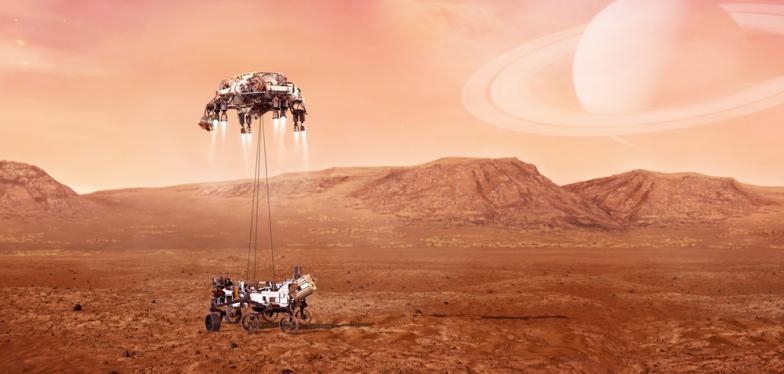Will life support and transportation on Mars soon be possible thanks to UAntwerp?
Gaining a more detailed understanding of the planet Mars is certainly important, but certain minimum conditions must be met to enable the Red Planet to be explored by robots and, maybe one day, by humans. And now, the chemical research group at UAntwerp has made an important discovery that could actually make that a possibility.

In addition to the three commonly known so-called aggregation states of a substance (solid, liquid and gas), there is a fourth one that is much less well known – plasma. Plasma is obtained by adding electrical energy to gas molecules in a reactor. This is rather like creating a whole host of little lightning bolts that split the molecules into charged particles. The initially highly reactive particles collide with each other again and then form new products. This was discovered by the chemical research group, PLASMANT, at the University of Antwerp during experiments with its self-built plasma reactor.
What is the practical use of this on the Red Planet? The Martian atmosphere consists mainly of carbon dioxide (CO₂) and a small fraction of nitrogen (N). That CO₂ can be converted into O and CO and the N can be used to create artificial fertiliser. Combined with gas separation technology, that plasma process could potentially even generate pure gas streams of O, CO and nitrogen oxide (NOx), which are needed to support life and to enable transportation during future robotic or even human exploration of Mars.